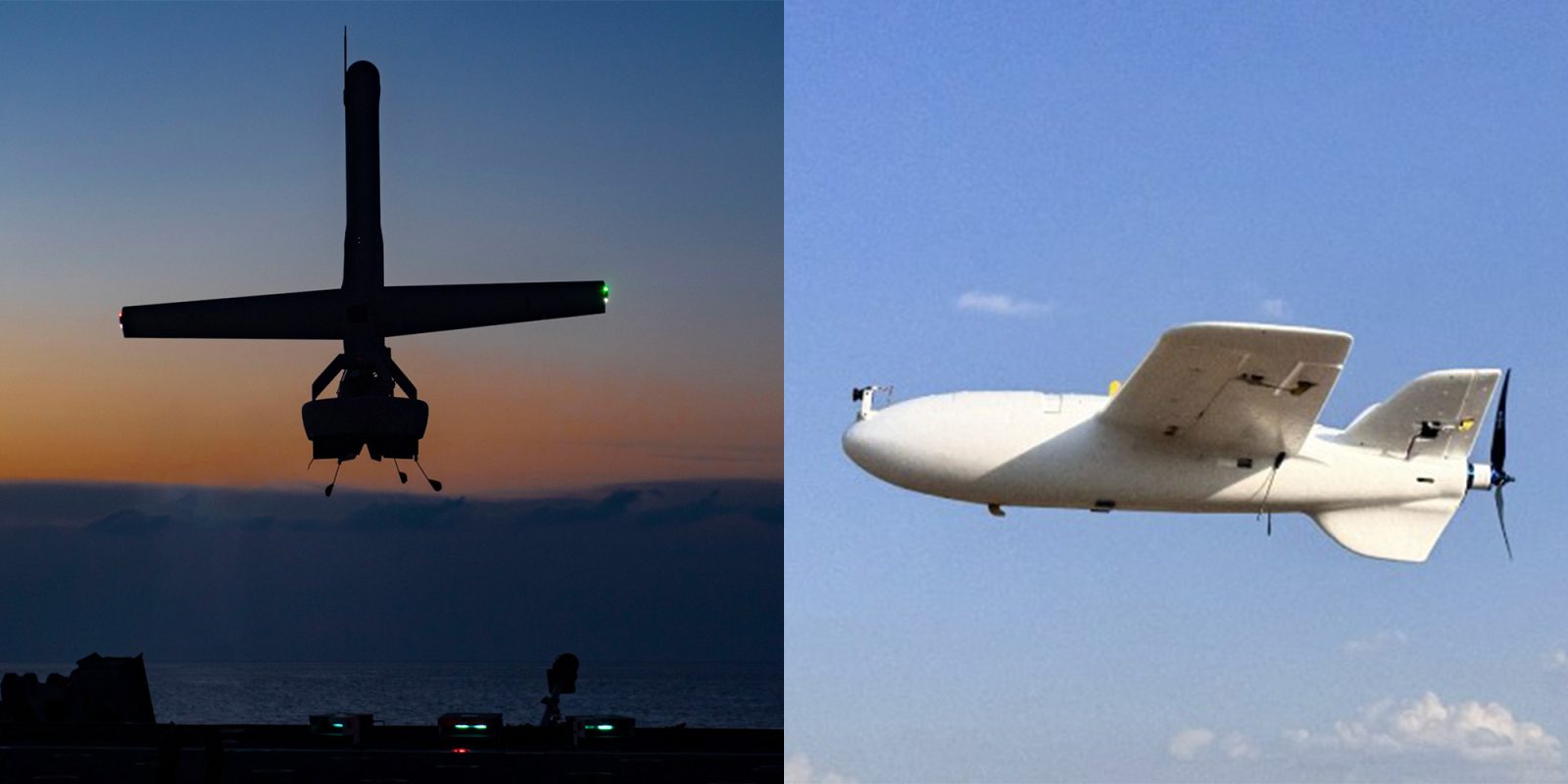
At the start of Russia’s full-scale invasion of its country, Ukraine has been innovating on how drone technology can give it an upper hand. Before, it was modified DJI drones donated to it by the worldwide community, but now the country has moved to purpose-built drones, foreign and domestic, to better keep Russia on its toes.
While Skydio’s X10 reportedly performed very poorly in GPS-denied areas of Ukraine earlier this year, that doesn’t mean US drones are failing the nation. Shield AI’s V-Bat drone has proven itself capable in early trials at the front lines.
Early in the conflict, we became accustomed to seeing crudely designed release systems for DJI Air and Mavic drones, dropping grenades onto vehicles and Russian soldiers. These “low-tech” mods are mostly in the past, with new purpose-built drones to help target artillery or other assets’ fire onto a target.
The V-Bat is a vertically takeoff and landing hybrid flight drone, giving it immense range and loitering capabilities. In a recent front-line test of the aircraft, Shield AI’s co-founder Brandon Tseng was able to see the V-Bat fly 140 km (~87 miles) and target several Russian SAM sites for forces to call in strikes on them.
“[The Ukrainians] were able to collect intelligence that they had never collected before was because they had a long-endurance aircraft that was able to watch things for long periods of time,” Tseng told Defense One in an interview. “That absolutely blew their minds, because, while they had some aircraft, some weapon systems that could go 60 kilometers, maybe 100 kilometers, the on-station time was like, for those aircraft for like, 10, 15, minutes. So when you’re comparing it against us who’s loitering around for 8, 9, 10, 11 hours, you know, after we get on-station…you just actually have the time space to actually find lots and lots of targets.”
Even with heavy jamming attempts by Russia, the V-Bat was able to successfully carry out its mission. The future of the V-Bats seems to be the common evolution of any unmanned system in war: cut out the middleman and put weapons directly on it.
Tseng mentioned they have already tested firing the Hatchet system by Northrop Grumman. According to Hatchet’s webpage, which I didn’t know they made for systems like this, the V-Bat could be able to carry up to four of these munitions during flight.
Defensive drone tech
Drones in Ukraine have moved from just being at the front lines. Offensive drones used are but a small part of what is going on over there currently. From camera drones being used to document war crimes or battlefield surveillance to direct drone-on-drone battles in the sky, they’re used almost everywhere.
Yes, let’s go back to that drone vs. drone aerial battle vision I just put in all of your heads. Ukraine itself has seen some of the fastest domestic drone innovation we’ve ever seen, sadly out of necessity.
Ukrainian engineering company Vinnytsky Bdzholy has recently come out with the VB140 Flamingo. This FPV drone is small and nimble but also winged for longer flight times, allowing it to swarm around cities as a sort of defensive shield.
The Flamingo’s sole goal is to take down other drones or missiles attacking Ukraine. “Its ability to disrupt enemy reconnaissance could be pivotal in safeguarding civilians and protecting our troops,” the company stated.
Ukraine’s defense ministry shared that Russia launched over 2,000 drones against Ukrainian cities and assets in the month of October alone. That number is likely to climb as the adversary continues to gain access to new drones through its partners in Iran.
New innovative technologies like the Flamingo and V-Bat could be the tools that keep Ukraine alive as Russia continues to throw everything it has at the nation.
FTC: We use income earning auto affiliate links. More.



Comments